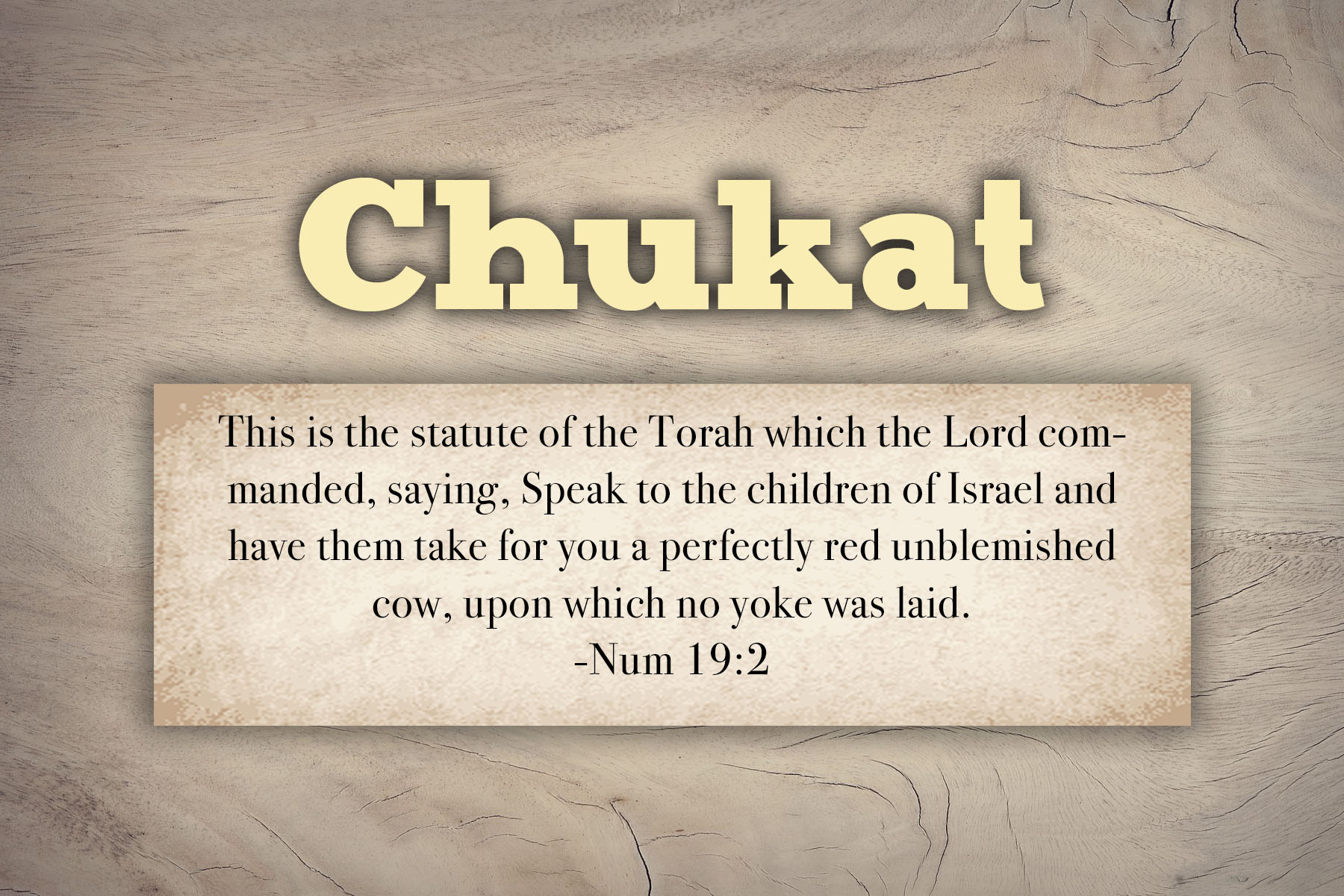
One verse, five voices. Edited by Salvador Litvak, the Accidental Talmudist
This is the statute of the Torah which the Lord commanded, saying, Speak to the children of Israel and have them take for you a perfectly red unblemished cow, upon which no yoke was laid. -Num 19:2
Rabbi Chaim Tureff
Rav Beit Sefer of Pressman Academy, director of STARS Addiction Recovery
Through all the commentaries, there are no plausible explanations for the mitzvah of the red cow. It seems even King Solomon was perplexed by this mitzvah. The Sefer HaChinuch, which explains reasoning for mitzvot, went so far as to express reluctance to find a reason for this mitzvah. Why are we given a mitzvah we can’t understand?
As rational beings that need to see and touch things to believe them, the Torah is teaching us an important lesson. Ultimately, everything is in God’s hands. We don’t always have to understand everything to realize there is a purpose to it. As anyone in a committed relationship knows, we do not always understand our partner. That does not make the relationship any less real and the connection any less viable.
I see this same idea of “beyond comprehension” in my work with recovering addicts. The 12 Steps of Recovery and the ensuing work don’t always make sense. As a matter of fact, at times they’re counterintuitive. One example is when someone is really struggling, they’re encouraged to go find someone to help, to volunteer and give back to others. This might seem irrational as the person is the one struggling. They need help and support, so the rational idea would be for them to get help for themselves. Instead, they are told to help other people. So not everything we do might seem rational, but with a belief in a higher power we can know that there is always a reason.
Miriam Yerushalmi
CEO SANE, counselor, author
Torah teaches that ever since Adam and Chava ate from the Tree of Knowledge of Good and Evil, there has been a mixing of good and evil in everything, and it is our job to separate the good from the bad. The “perfectly unblemished” red cow is burnt as a sacrifice and its ashes are sprinkled as a purifying agent on those who have become spiritually defiled. Yet, these same ashes bring impurity onto the person who prepares them for the purification process.
Every person is, in essence, created “perfectly unblemished,” yet perfectly imperfect. Thus, once the yoke of life is laid upon us, we may “fall.” In the subsequent process of pulling ourselves up again, we may become “blemished” with feelings of self-loathing. Just as when we are cleaning our homes our clothing can become dirty, while we are working to achieve greater holiness our minds can become polluted with false ruminations. And just as the red cow had to undergo a specific preparatory process in order to be able to restore purity, so too we have a process to follow that prepares us for the restoration of our purity, purifying our vessel in order to contain the light of Torah.
The holiness is always within us; the daily ritual practices reactivate it. The sacrificial fire is our fiery longing for closeness to the Divine, represented by our prayers; it draws down the “ashes” of our mistakes as catalysts for us to reach new heights of Torah and Mitzvos — the process of growth.
Lori Shapiro
Rabbi, Open Temple
What does purity/impurity actually mean? The Torah scroll’s black fire written on white fire suggests a binary system of logic and reasoning. The written Torah, however, was meant to be HEARD, allowing the white fire to rouse our imaginations. I dare you to read this text without seeing the color red. It leaps off of the page and burnishes the mind. Awakening the imagination is the first step towards seeing beyond the binary.
The rabbis illustrated what purity is in the discussion of a corpse, which was labeled unclean as a deterrent against nearing a body or treating the body with disrespect (Hullin 122a). Our noted “red heifer” – a beast of almost impossible rarity – was the only cure for this transgression. It highlights how a reading of impure/pure is a collapsible matrix that leads us less into a discussion of what constitutes ritual impurity, and more into a definition of how to regulate behavior to promote human decency.
Covid Times brought many transgressions against the dead and dying – bodies unable to be buried by a community, death in exile, goodbyes through FaceTime. Perhaps we are called upon this year, more than ever, to consider the role of the Red Hefer in our lives as we re-emerge into society, reclaiming and redefining our humanity. We need more imaginative guideposts to inspire our awareness of boundaries as they have blurred and faltered. If you agree, Moo with me.
Ilan Reiner
Architect & Author of “Israel History Maps”
The Red Cow statute is a puzzling paradox. The pure becomes impure and the impure becomes pure. Cows, ashes, fire and water are all blending together. It’s easy for us to identify with Mitzvot when we can understand their intention and assign to them some universal values. Red Heifer isn’t one of them. The ritual that comes to purify us from the greatest impurity – the dead – is almost as puzzling as death itself. Yet it’s extremely technical, as if medicating to rid oneself of an illness.
How can the demarcation between life and death, between purity and impurity, be so subtle and technical? Perhaps this “technicality” allows us to focus on the things that are beyond the rational and transcend the course of existence as we know them. One of those is related to the placement of this statute within the Torah.
The Red Cow statute is given to the people at the end of their 40-year journey, as they’re about to enter the Promised Land. The conquest and settlement of the land of Israel will be full of trials and difficulties, many of which are perplexing. Good people will die so others can live and prosper in the land. The land that is cursed for some people is blessed for our people. Like the Red Heifer, the relationship between the Land of Israel and our lives transcends the the natural order of life, giving us the opportunity to always be part of the land.
Rabbi Rebecca Schatz
Assistant Rabbi, Temple Beth Am
Zot chukkat haTorah is a concise, profound statement claiming THIS is the law of the Torah. What follows is a ritual around a perfect animal, rare in specimen, and specific in operation. As Rabbeinu Bachya says, the law seems to defy logic since contact with the heifer defiles the ritually pure, while purifying the ritually impure. So how can this statute that defies our understanding be THE statute of the Torah? Its meaning, purpose, and functionality seem unfairly opaque, inaccessible, unknowable, and perhaps a stumbling block before someone attempting to understand Torah.
Rabbeinu Bachya translates ‘chukkat’ as ‘boundary’, to guard against an overreach in our probing for meaning. We should, he explains, acknowledge the law, remember it and accept it without overthinking. His explanation reiterates the principle of ‘na’aseh v’nishma’ – do it and you will understand – practice these laws and then you will know why that closeness is holy.
Some unknowability of the object of our love proves our love. Like the beginning of any holy relationship, the people need to experience wonder and not overthink the future. This perfect specimen makes something impure while purifying something else. That is a statute of life – allowing each moment to teeter between what could be holy or what could be mundane.
Measure what we’ve done for one another. Some degree of mystery and incognizance might be just what this relationship needs!
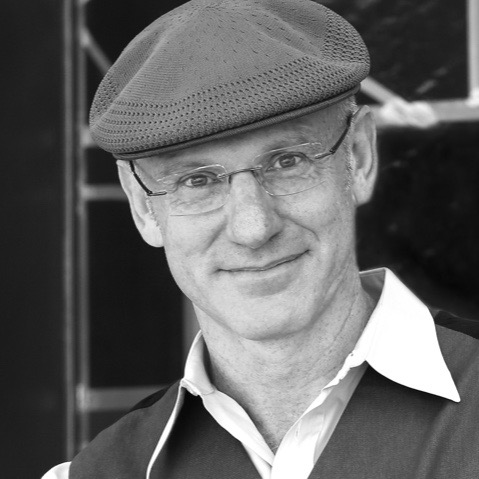






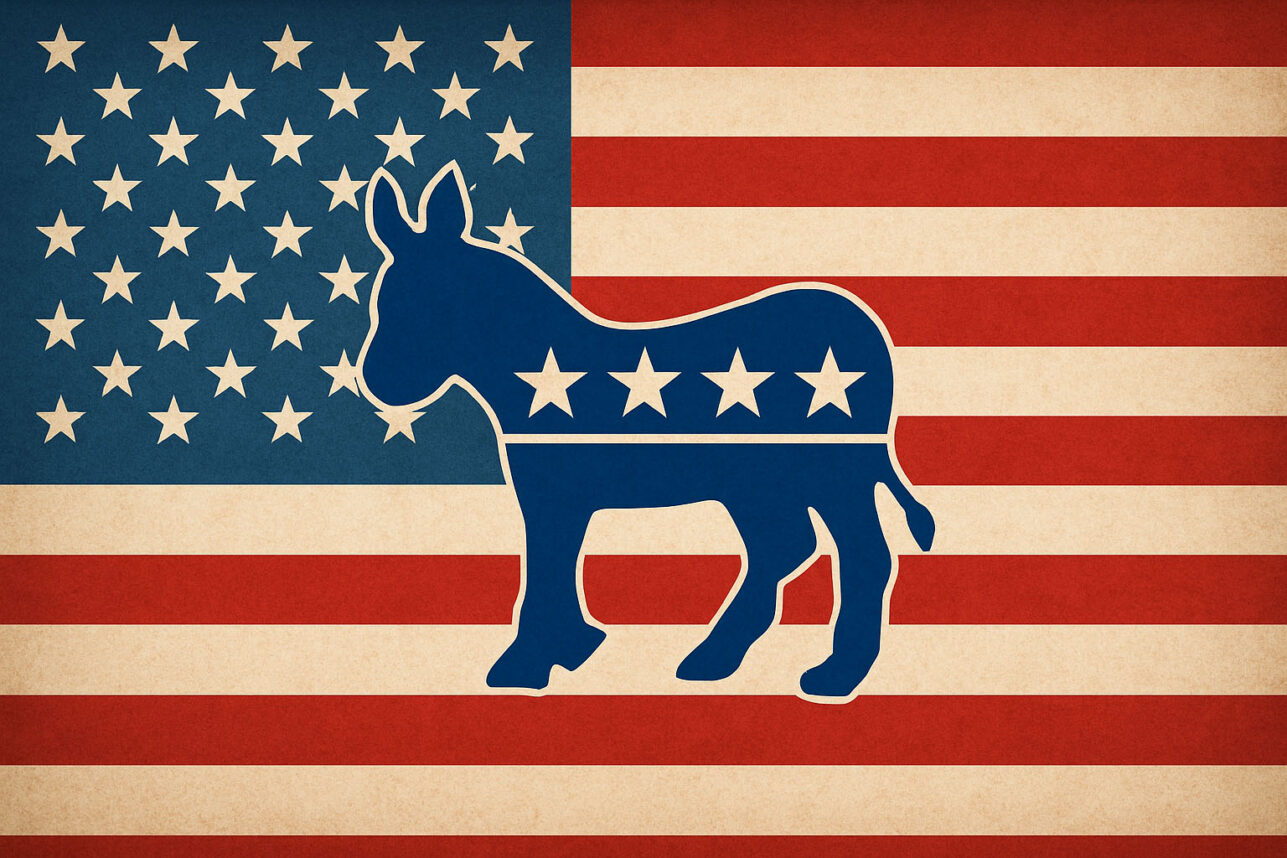


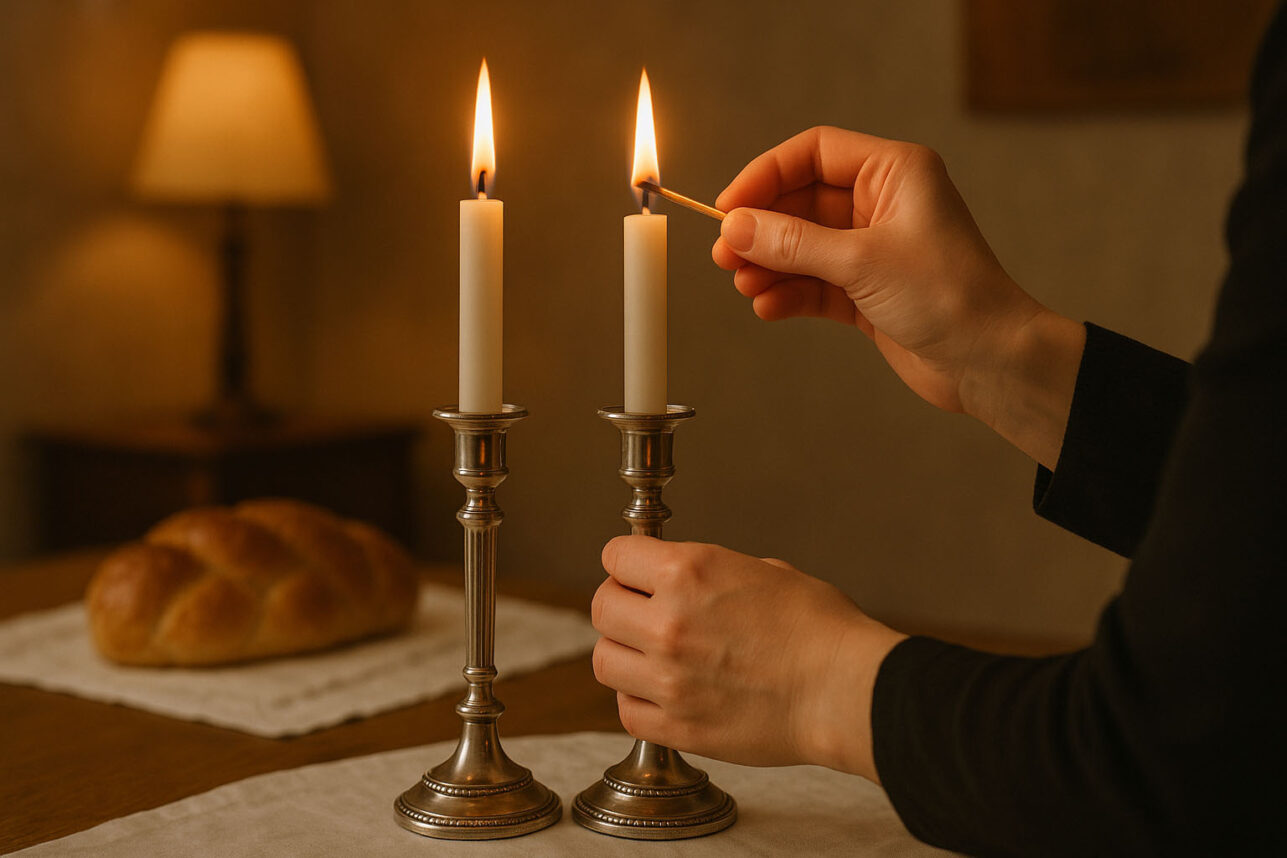
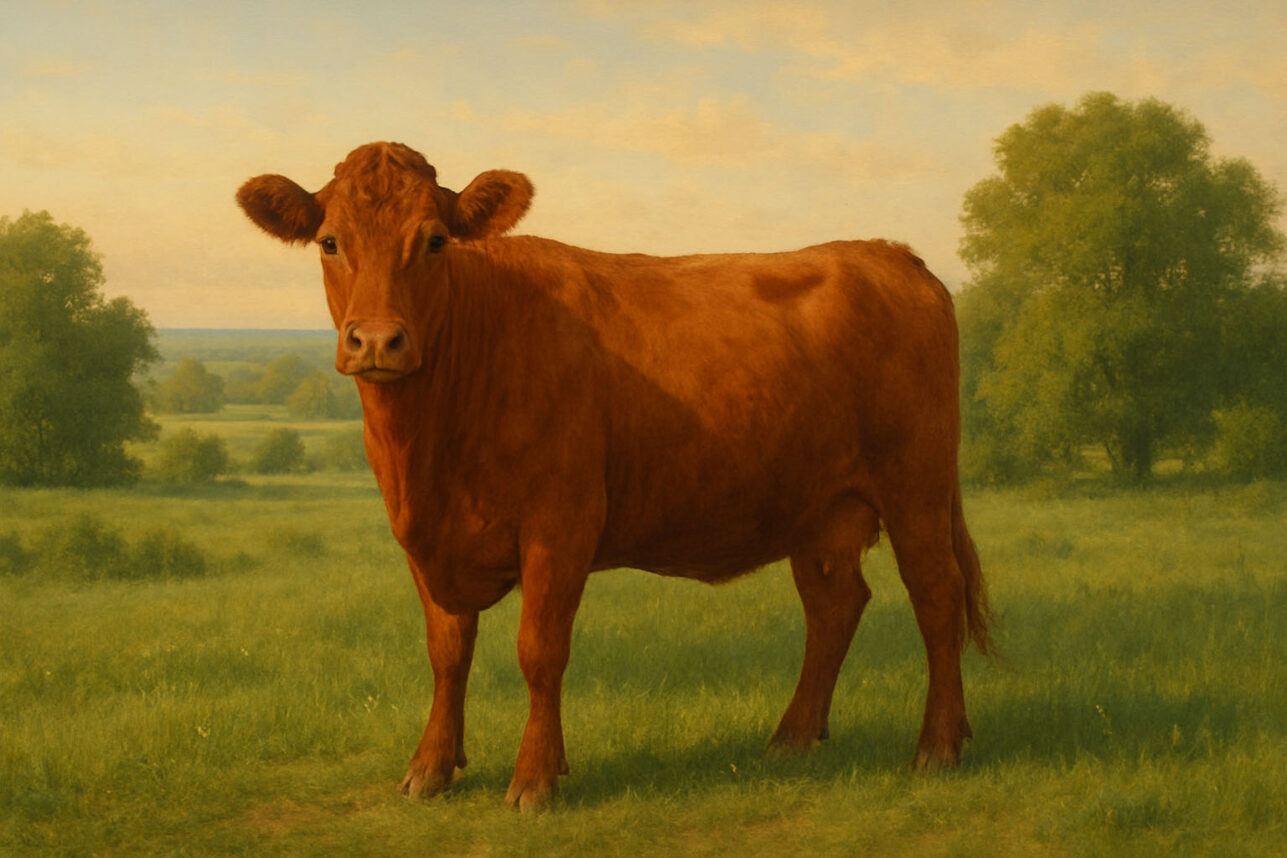





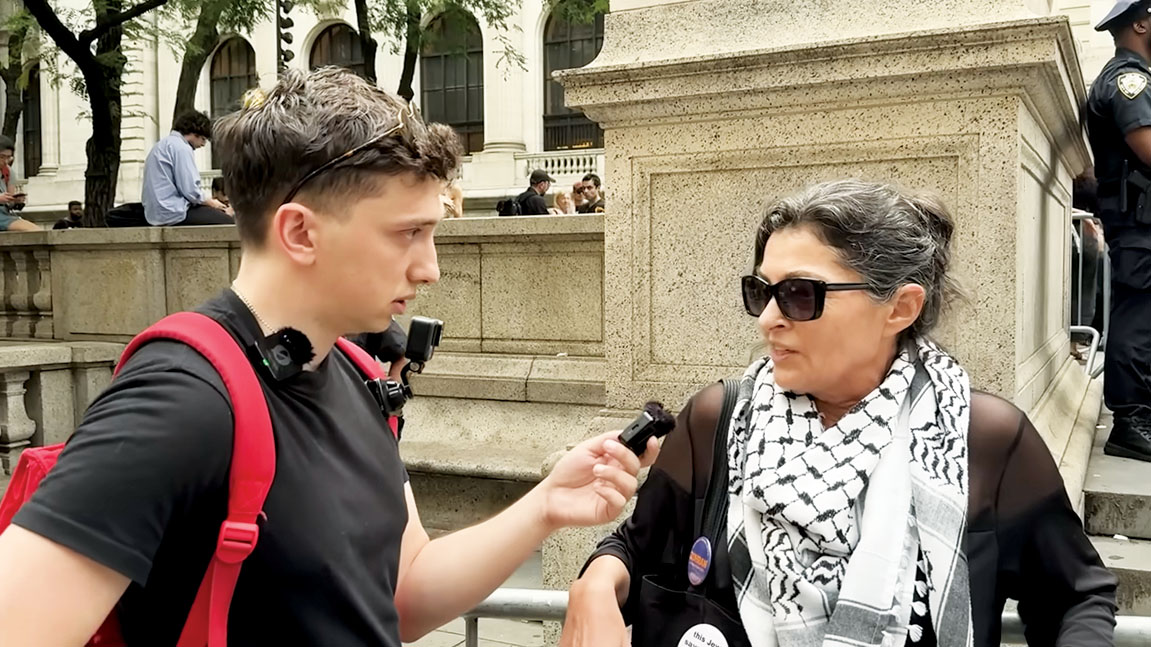




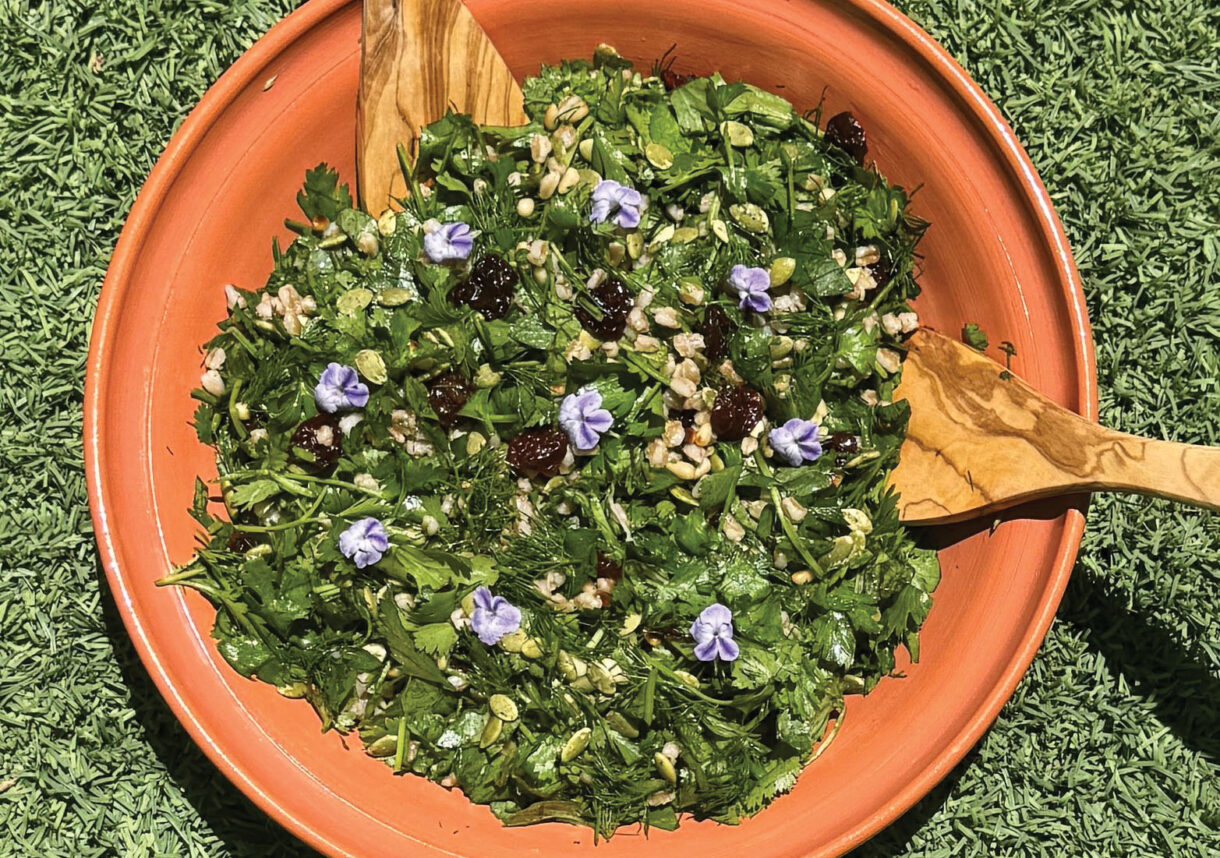
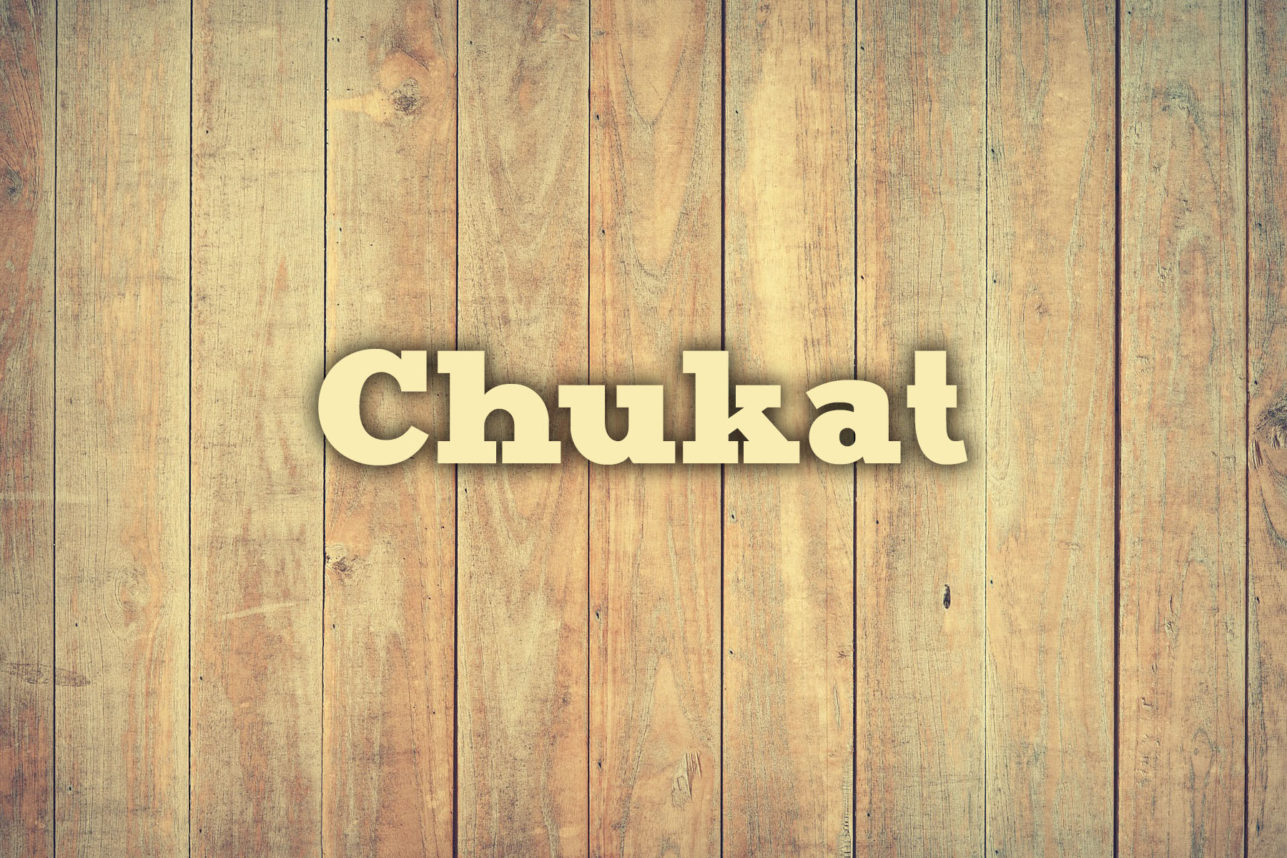
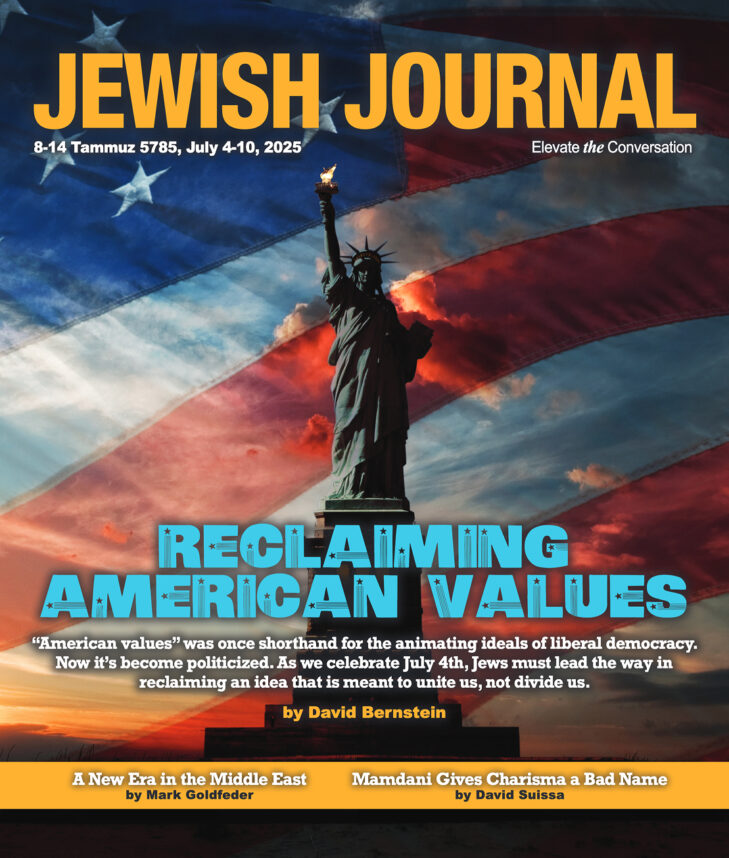
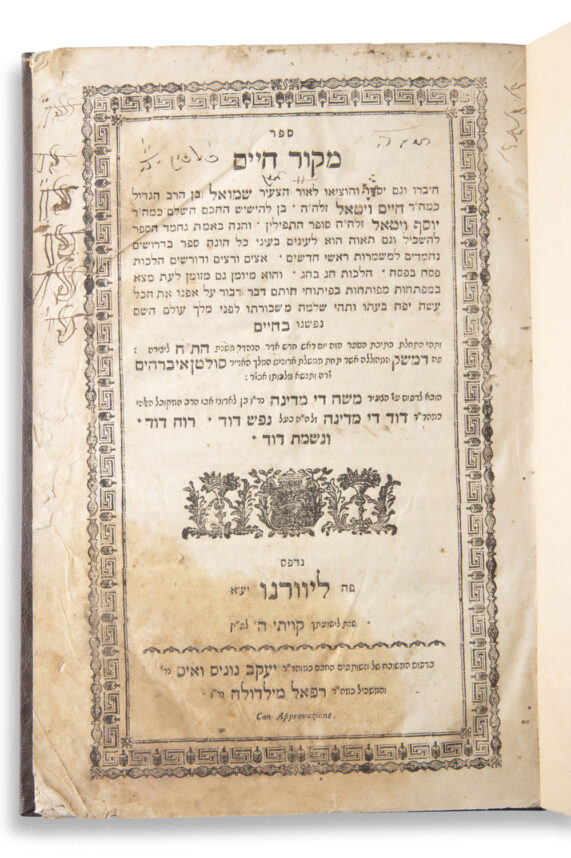


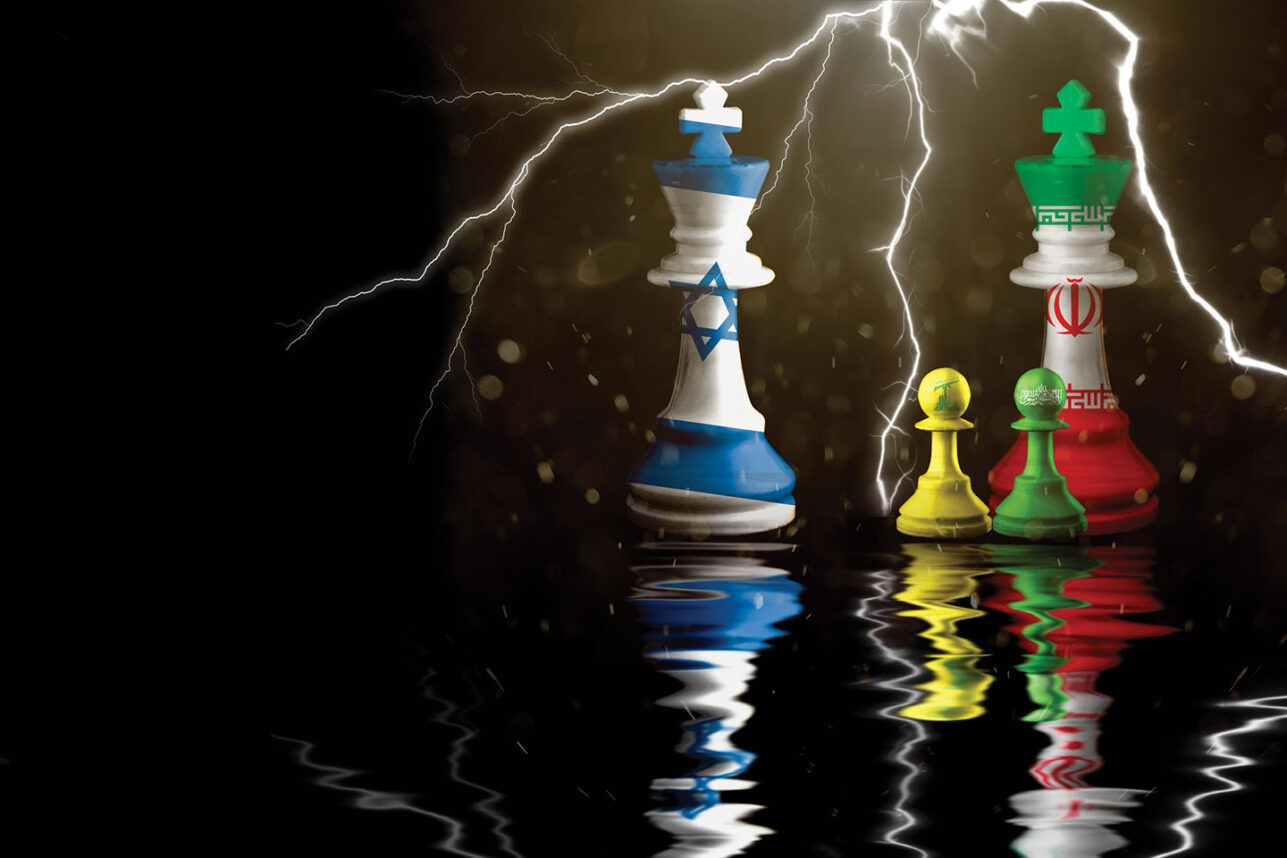

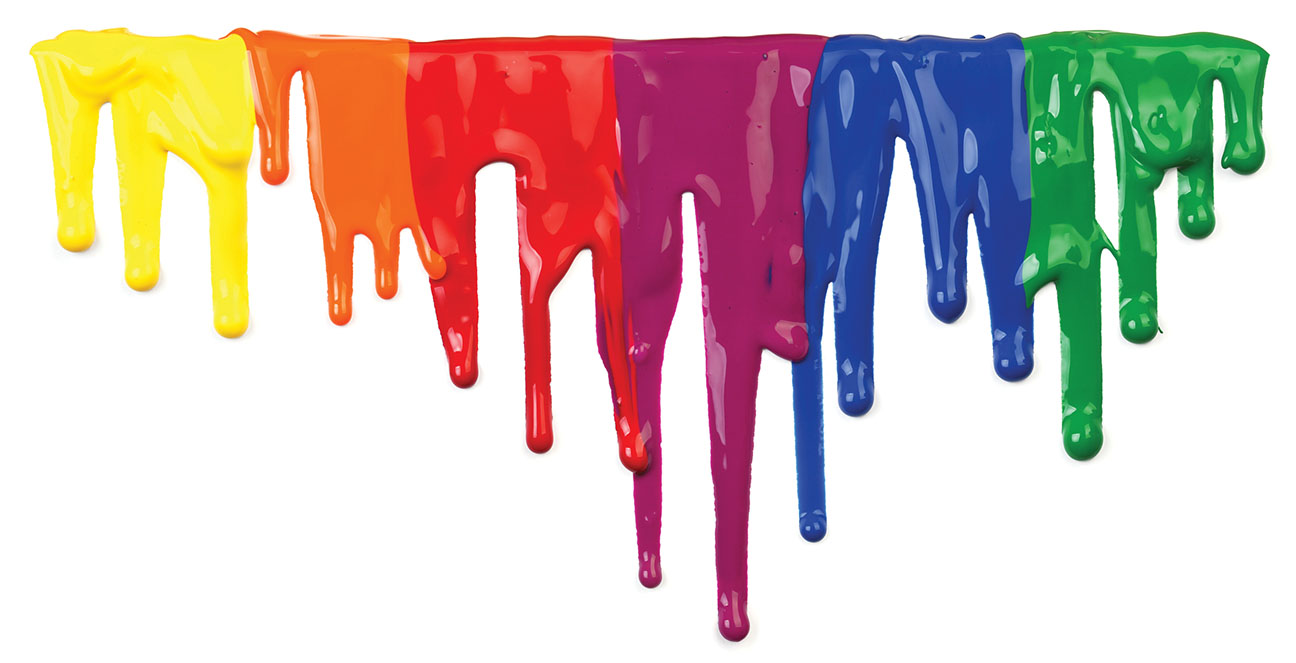



 More news and opinions than at a Shabbat dinner, right in your inbox.
More news and opinions than at a Shabbat dinner, right in your inbox.